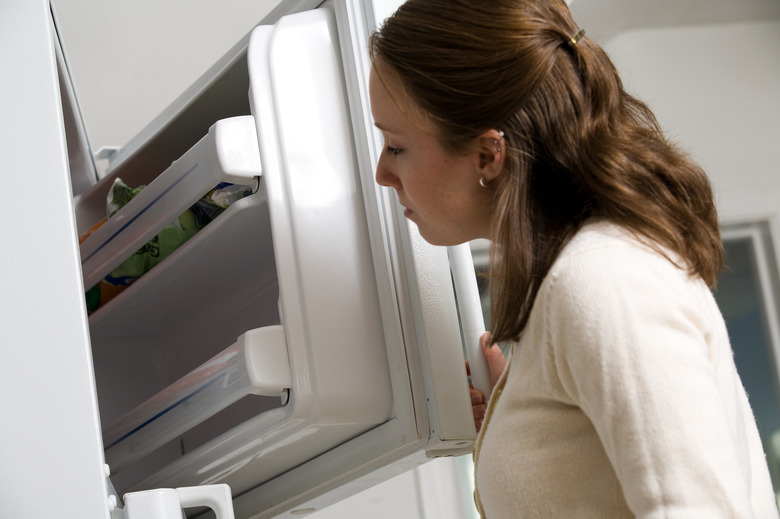How To Measure The Freezing Point Of A Liquid
The freezing point is the temperature at which a liquid changes into a solid. The temperature stays at this point until all the liquid changes state. For example, water freezes at 0 degrees C/32 degrees F at the standard atmospheric pressure (sea level). Freezing point doesn't get affected by changes in pressure, unlike boiling point. Also, the freezing point of a liquid is the same as its melting point.
Step 1
Pour distilled water into two plastic cups–these will serve as your control. Pour the liquids you want to measure into the other plastic cups. Label each cup according to the substance it holds.
Step 2
Place the cups in the freezer. This freezer should be able to freeze below 0 degrees C, at least up to –15 degrees C. Leave the cups in the freezer until completely frozen.
Step 3
Take one set of cups out–one of each liquid. Watch them until they start to melt. Rather than sticking the thermometer in the liquid before freezing it, you can just take the melting point reading as it's the same as the freezing point. As with freezing, the melting point temperature stays at the same reading until the solid becomes liquid.
Step 4
Insert the thermometer in the slush, before the one you're measuring turns completely liquid. Leave the thermometer in there until the point when it becomes all liquid. Write down the temperature when that happens. Make sure the thermometer you are using reads below 0 degree C. Wipe the thermometer off with a rag, making sure there's not residue before measuring the rest of the cups. Use distilled water as the control group. Ensure that it reads 0 degree Celsius as it's freezing point to make sure the thermometer is working properly.
Step 5
Take out the second set of cups and do the same measuring process as above. This is to ensure accuracy of your readings.
Things Needed
- Freezer
- Scientific thermometer that reads below 0 degrees C
- Rag
- Distilled water
- Clear plastic cups or beakers
- Labels
- Test liquids
Cite This Article
MLA
Fontelera, Jorina. "How To Measure The Freezing Point Of A Liquid" sciencing.com, https://www.sciencing.com/measure-freezing-point-liquid-5936072/. 24 April 2017.
APA
Fontelera, Jorina. (2017, April 24). How To Measure The Freezing Point Of A Liquid. sciencing.com. Retrieved from https://www.sciencing.com/measure-freezing-point-liquid-5936072/
Chicago
Fontelera, Jorina. How To Measure The Freezing Point Of A Liquid last modified March 24, 2022. https://www.sciencing.com/measure-freezing-point-liquid-5936072/
